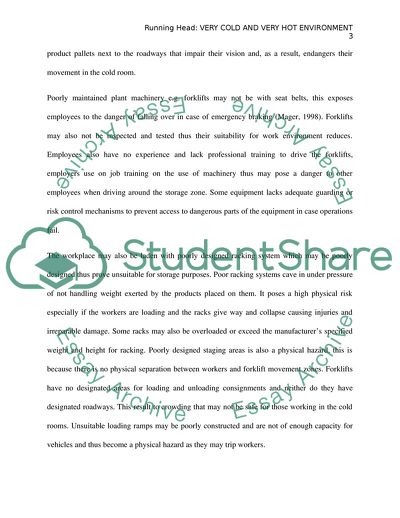Cite this document
(Very Cold and Very Hot Industry Hazards Literature review, n.d.)
Very Cold and Very Hot Industry Hazards Literature review. https://studentshare.org/human-resources/1816844-very-cold-and-very-hot-industries-hazards
Very Cold and Very Hot Industry Hazards Literature review. https://studentshare.org/human-resources/1816844-very-cold-and-very-hot-industries-hazards
(Very Cold and Very Hot Industry Hazards Literature Review)
Very Cold and Very Hot Industry Hazards Literature Review. https://studentshare.org/human-resources/1816844-very-cold-and-very-hot-industries-hazards.
Very Cold and Very Hot Industry Hazards Literature Review. https://studentshare.org/human-resources/1816844-very-cold-and-very-hot-industries-hazards.
“Very Cold and Very Hot Industry Hazards Literature Review”. https://studentshare.org/human-resources/1816844-very-cold-and-very-hot-industries-hazards.


